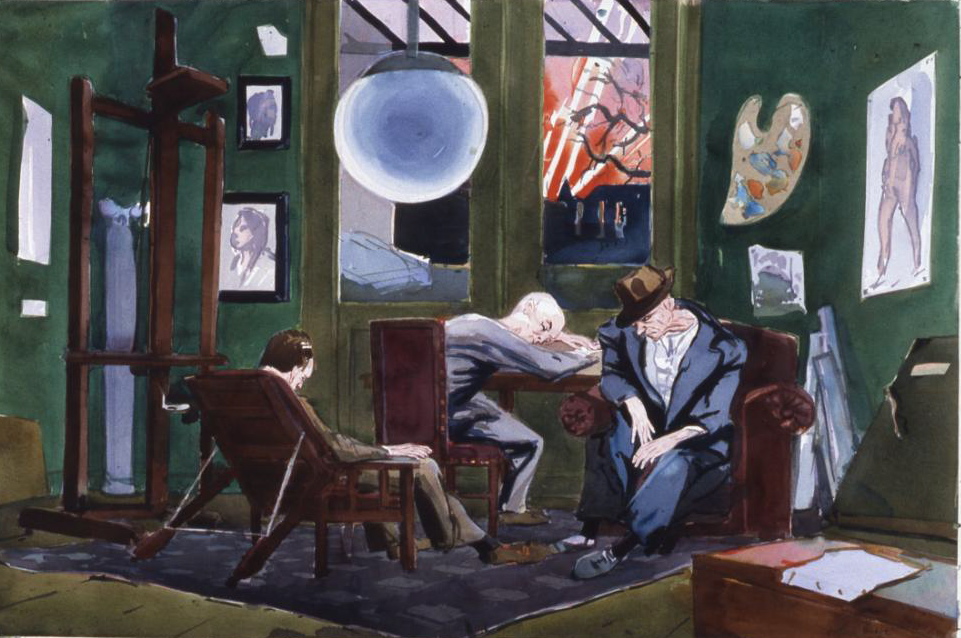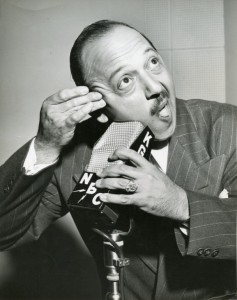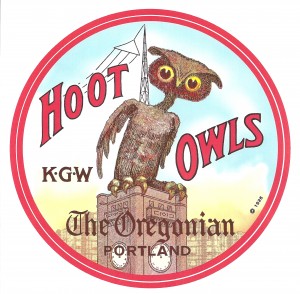
By Bob Hicks
I just posted this story, Pander transported: memories of a time of war, on Oregon Arts Watch. It’s a look at Dutch-born Portland artist Henk Pander’s remarkable series of paintings and drawings at the Oregon Jewish Museum based on his childhood memories of World War II in his hometown of Haarlem. An excerpt:
“Even more cadaverous, and ravenous, is the 1999 ink drawing ‘Soup Kitchen,’ in which thin skull-eyed children bend over bowls of thin liquid. This might be Pander’s memory of the winter of 1944-45, the hongerwinter, a time of famine caused by harsh weather and a German blockade, during which those who survived (18,000 did not) did so partly on a diet of tulip bulbs and sugar beets. War is an act of waiting, and people wait in these drawings and paintings. They endure, if that’s the right word, and they anticipate, and they simply – wait. For the next bad thing. For the end of the next bad things.”
*
And in Friday’s A&E section of The Oregonian, my preview interview with the charming Lola de Avila, stager of Oregon Ballet Theatre‘s new version of Giselle, ran. Besides talking with de Avila, one of those great old-time dancers who wastes no time declaring that today’s dancers are better-trained (well, she’s one of the people doing the training), I spent a couple of hours in rehearsal watching her teach the corps de ballets how to act like perfectly ghastly Wilis. Which, of course, is what they’re supposed to be. You can read the story here.
ILLUSTRATION: Henk Pander, “Resistance Asleep,” oil, 1995. Courtesy Oregon Jewish Museum.
 It strikes Mr. Scatter that what Bialystok has to say about research is equally true for that branch of creativity we like to refer to as artistic. An idea takes hold. You follow it. It leads you somewhere that might utterly astonish you. But once you’ve identified it, you need to trust it to lead you where it will. It’s not blind faith. But it is faith. Which doesn’t mean it won’t sometimes lead you down a dark alley for an artistic mugging. But those are the chances you take.
It strikes Mr. Scatter that what Bialystok has to say about research is equally true for that branch of creativity we like to refer to as artistic. An idea takes hold. You follow it. It leads you somewhere that might utterly astonish you. But once you’ve identified it, you need to trust it to lead you where it will. It’s not blind faith. But it is faith. Which doesn’t mean it won’t sometimes lead you down a dark alley for an artistic mugging. But those are the chances you take.
